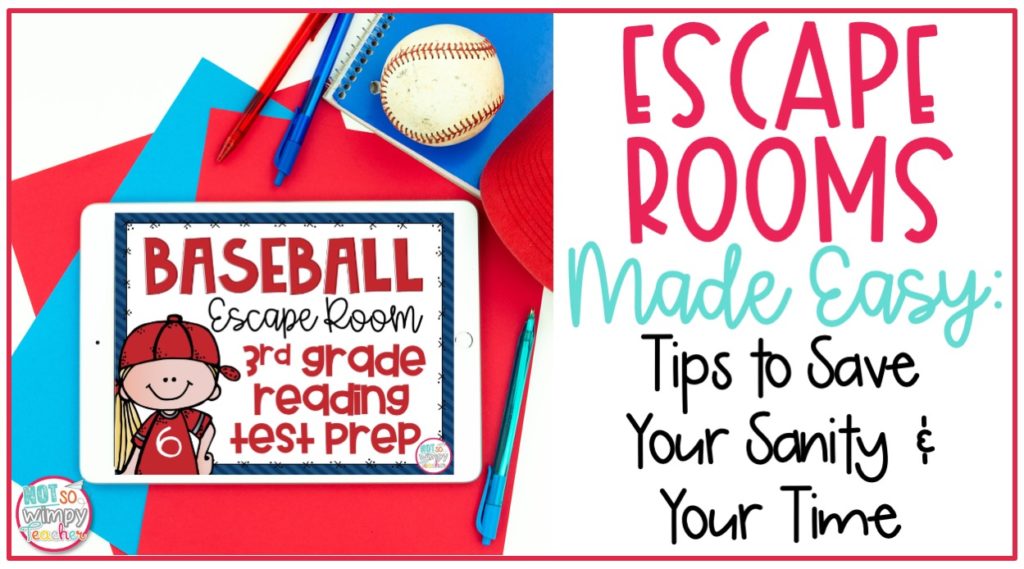
For a long time, I was reluctant to try escape rooms. I loved the idea of using an escape room in my classroom, but I was overwhelmed by the process.
Escape rooms have become a popular review strategy. Students are presented with a puzzle or mystery and they use academic skills to unlock clues which will ultimately help them solve the challenge.
You can think of escape rooms like a more elaborate version of task cards. Each group gets one clue or task card to start the problem. When they answer the question correctly, they receive a clue to the final puzzle. As they continue to solve tasks cards and gather clues, they put together the pieces to solve the mystery.
Sounds fun, right? But it also sounds like a lot of work.
First, you need to come up with an engaging backstory. Then you need props and decorations. Of course, you need curriculum-based puzzles. And locks. Lots and lots of locks. Many of the directions on how to set up escape rooms come with elaborate instructions for using locks and keys.
That was enough to give me anxiety. What if a key got lost? Or someone accidentally changed the combination of the lock? Or my third graders couldn’t get the combination to work?
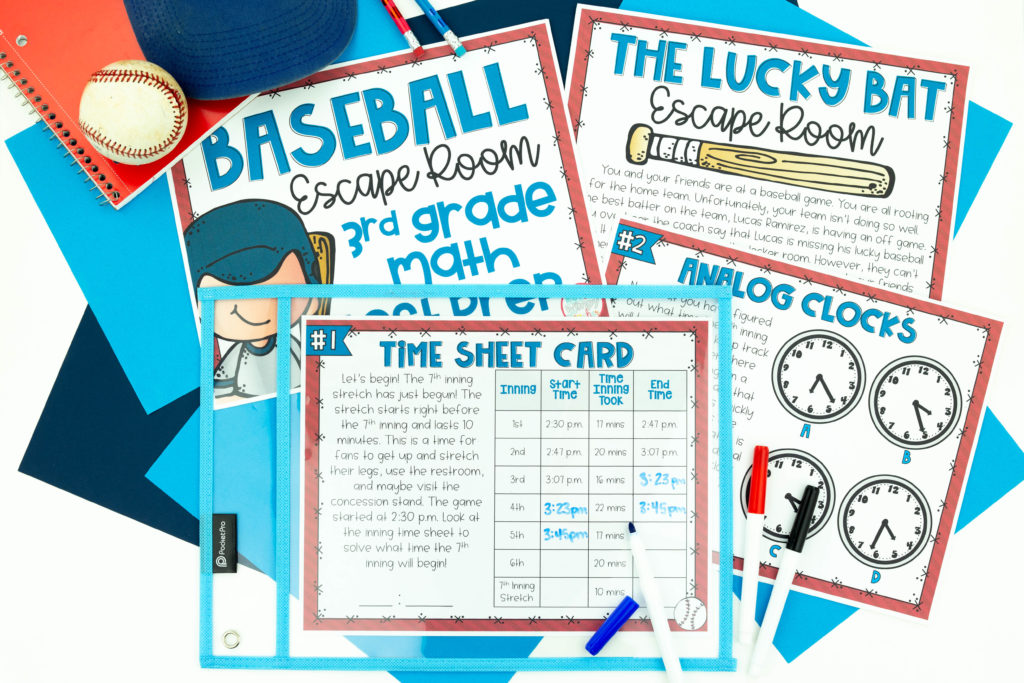
If similar fears are keeping you from using escape rooms, I’ve got good news. Escape rooms don’t have to be difficult. You don’t need to transform your classroom into a medieval castle to get kids invested in the problem. Using escape rooms in the classroom can be an engaging, effective, and easy learning strategy if you follow these tips.
1. Plan in advance.
Escape rooms are not a last-minute activity that you can throw together in the morning. Give yourself time to get everything together. But you don’t need to spend weeks preparing. Designate about thirty minutes to make sure you have all of the materials ready for your students.
2. Laminate escape room clues.
If you are using a traditional escape room in the classroom, make sure you laminate the clues and any other papers students use to solve the puzzles, things like maps, codes, or newspaper articles. This way you can reuse them each year.
If your students need to write on the clues or material, provide dry erase markers to complete tasks. These can easily be wiped away when they are finished.
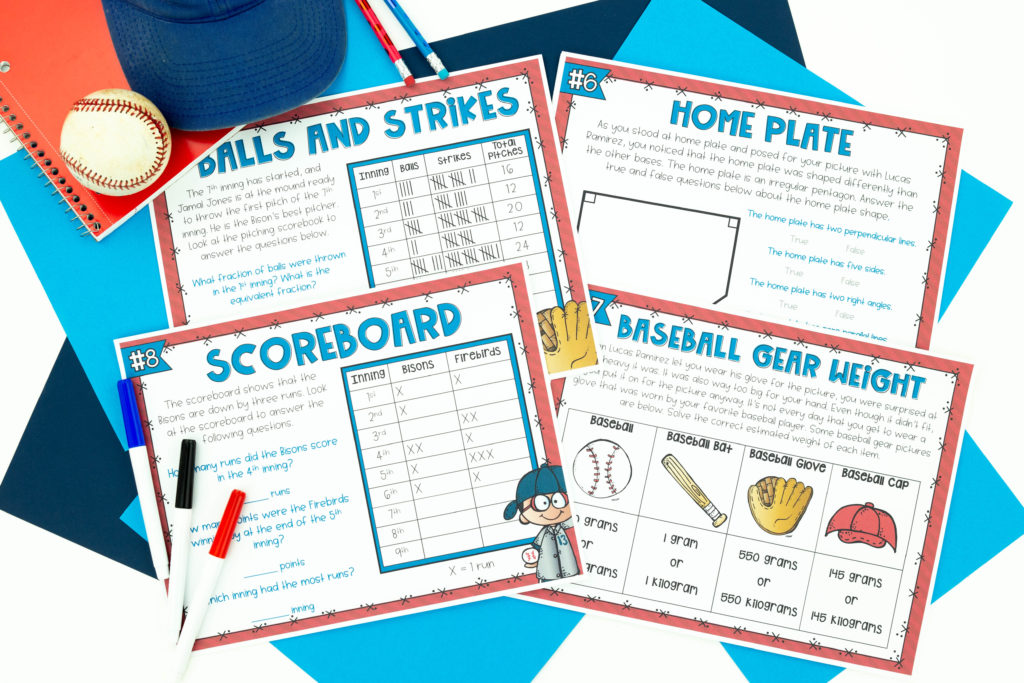
3. Label everything.
Labeling everything you use with the escape room will help keep you organized. At a minimum, you will want to identify the the number of the task or clue and the set it belongs to (if you are using more than one set of clues). Be sure to label envelopes, task cards, supplementary materials, answers, and clues. This will save you valuable time later because we know how easily things get lost or mixed-up in the classroom.
4. Designate different areas of the classroom for different clues.
It helps to spread the clues out throughout the room. This prevents the materials from different clues from getting mixed up. And makes it less likely that students will overhear another group discussing a task or clue.
5. Pick the right clues for your escape room.
Make sure the tasks that students have to solve to uncover the clues are tied to your curriculum. You can use a practice test or review sheet to create questions that reinforce the skills you want to review. The curriculum connection is the most important part of your escape room.
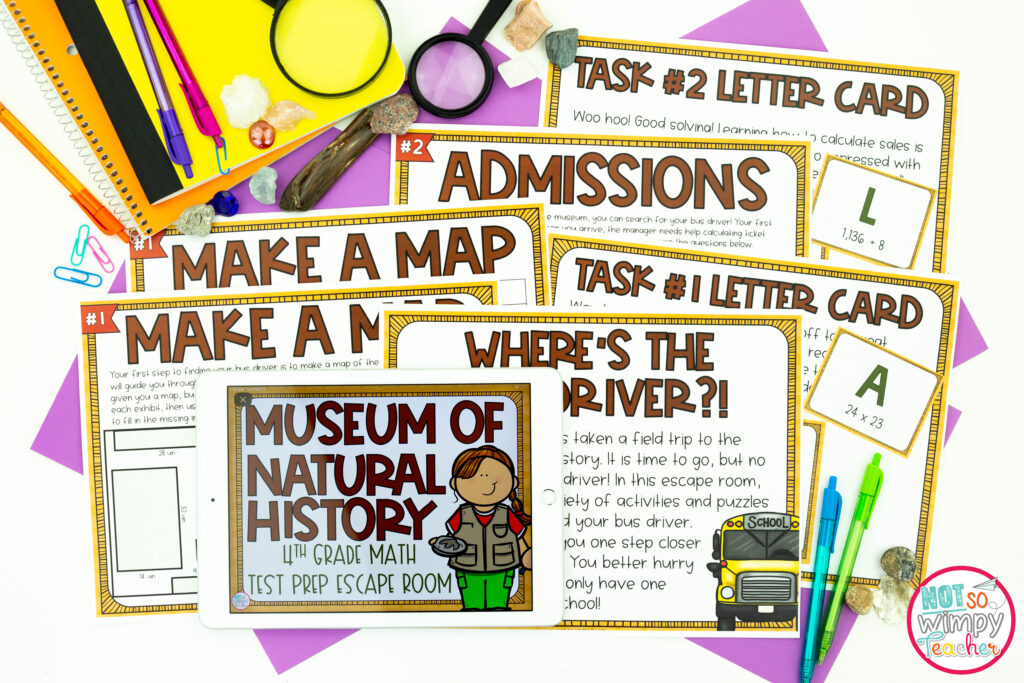
6. Tell a story.
The next most important part is the story. A compelling story is the key to getting your students engaged in the problem. Take a minute to set the scene. Describe the setting. Give your students a new persona and make them a character in the story. Start with the mystery or problem so students want to learn more.
7. Keep it simple.
You task cards don’t have to be hard! The entire point of this exercise is to review important skills. Students should be able to easily solve each curriculum-based task.
The puzzles don’t have to be hard either. Students should be able to use the clues they uncover to solve the puzzle with a little bit of teamwork and critical thinking. Be sure to keep the age of your students in mind when you set up your challenge.
And you don’t need elaborate props. You don’t need to transform your classroom into ancient Egypt. Or to invest in mystery boxes, locks, or other items.
8. Do escape rooms digitally.
Of course, if all of this still sounds like too much work, we have an even easier solution.
We have created everything you need for the perfect escape room as a fully digital (and printable) activity. Whether you are teaching from across town or across the classroom, these no prep, digital escape rooms makes your life so much easier.
The Baseball Escape Room 3rd Grade Test Prep activities transport your students to Bisons’ stadium on the day of the Championship game. Unfortunately, nothing is going smoothly for the team. So your students step up to the plate to help. They must work their way through a series of curriculum-based reading passages and math tasks, solving problems, practicing essential skills, and working out problems to help the Bisons bring home the title.
Second Grade Time Machine Escape Room
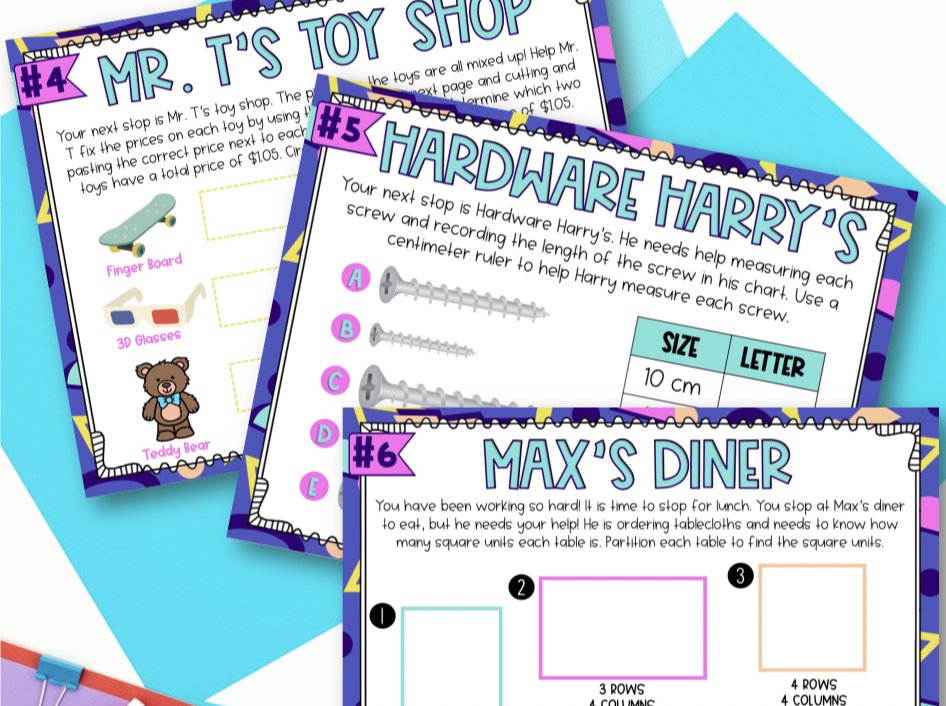
This 2nd Grade Math Escape Room sends your students on an exciting adventure back in time. This low prep activity is an easy and engaging way to review essential second grade math standards.
A combination of problems and puzzles hook students and keep them chasing the next clue to make review more fun than drinking milkshakes at the roller rink.
To celebrate the end of the school year, students jump on a special time machine designed to take them to the future. But when the machine goes haywire, your students are transported back in time instead!! They must solve a number of math clues and puzzles to fix the machine and get back to the future or they’ll be stuck in the 90s forever!
This activity includes the following skills:
- Tally marks
- Bar graphs
- Place value
- Skip counting
- Addition & subtraction
- Money
- Geometry including partitioning shapes
- Measurement
- Time
Third Grade Reading Test Prep Escape Room
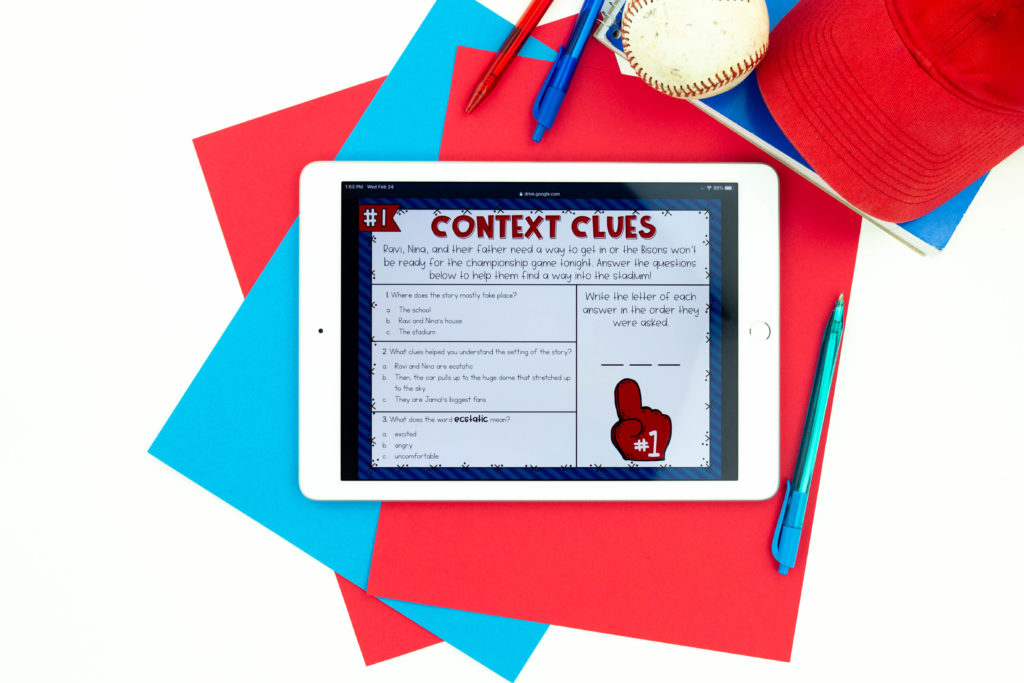
This activity is filled with a mixture of passages and puzzles that challenge students to review their reading skills and flex their problem-solving muscles. Students will practice some of the toughest reading skills to master, including, context clues, character traits, point of view, cause and effect, ask and answer, and central message. And, like any championship team, teamwork is key. Students will need to work together and practice their communication skills to solve the puzzles and decipher the clues.
This activity includes the following third grade reading skills:
- Context clues
- Character Traits
- Point of View
- Cause and Effect
- Ask and Answer
- Central Message
Third Grade Math Test Prep Escape Room
In this escape room, your students have to race against time to track down star player Lucas Ramirez’s lucky bat before the game ends. This fun and engaging activity is filled with a mixture of problems and puzzles that require students to review many third-grade math standards while practicing their problem-solving strategy.
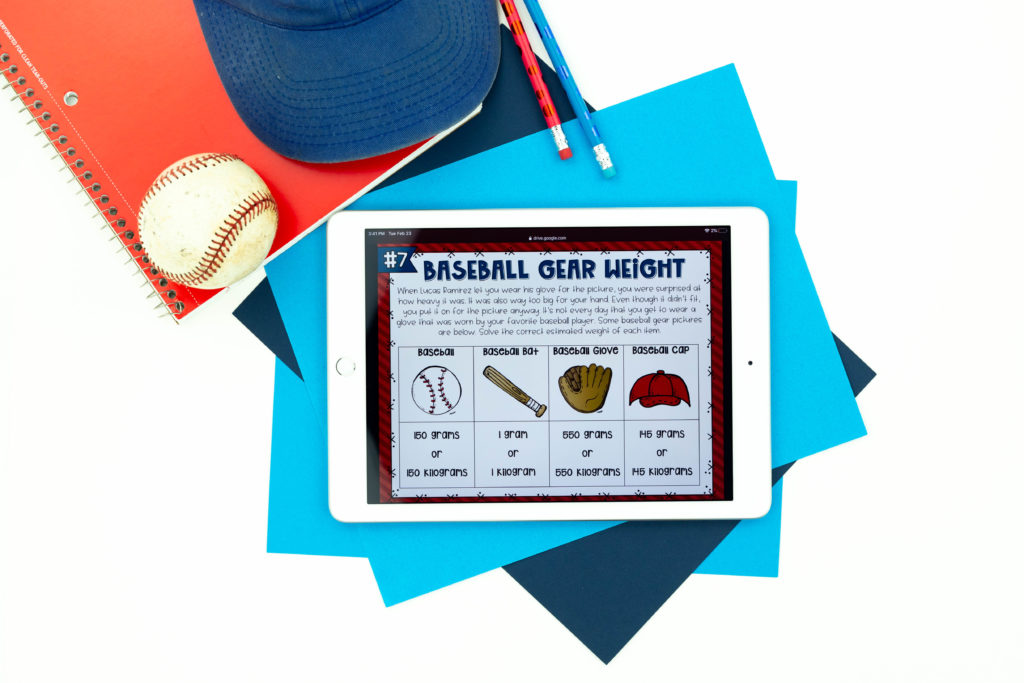
This activity includes the following third grade math skills:
- Addition, subtraction, multiplication, and division
- Time and elapsed time
- Place value
- Estimation
- Money
- Area and perimeter
- Geometry
- Graphing
- Fractions
Students must work together to complete the mask tasks, solve puzzles, and decipher the clues to find the lucky bat.
Fourth Grade Math Test Prep Escape Room
This escape room sends your students on an exciting excursion through the Museum of Natural History. After a fun field trip to the museum your class is ready to go, but bus driver is missing! Students must solve puzzles and complete math activities using standards-based math skills to uncover the clues leading to their location.
This activity includes the following math skills:
- Addition, subtraction, multiplication, and division
- Area and perimeter
- Money
- Area and perimeter
- Geometry including polygons and angles
- Measurement
- Interpreting data: tables, line plots
- Place Value
All three of these escape rooms come with downloadable Google slides for use with Google Classroom and a PowerPoint version that can be used with other learning management systems. There are also detailed teacher instructions, including a video explanation, and audio on each slide. A Google Form allows students to check their own work.
Shop This Post
What do you think? Are you ready to give escape rooms a try?
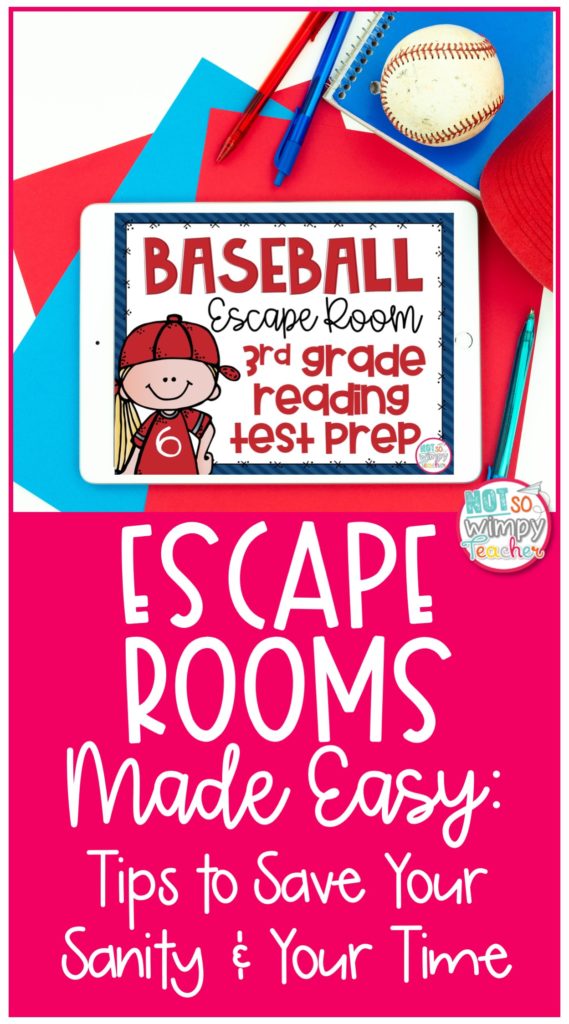
Have a Not So Wimpy Day,


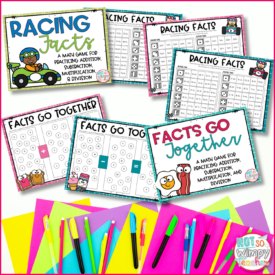
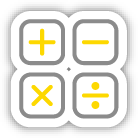
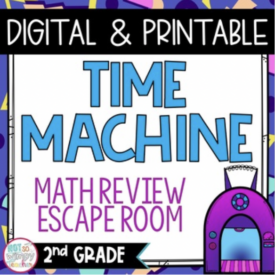
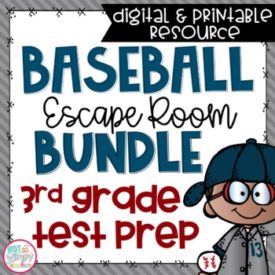

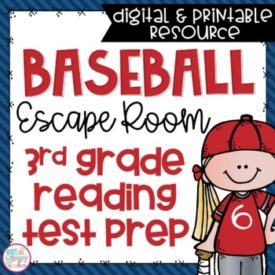
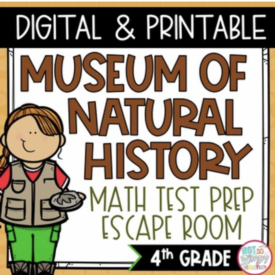
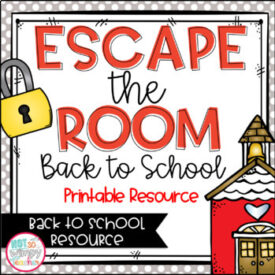
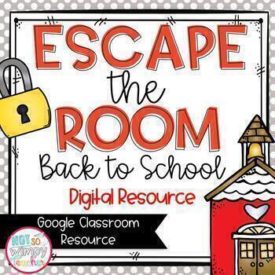
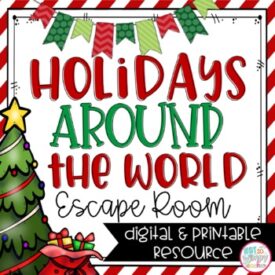

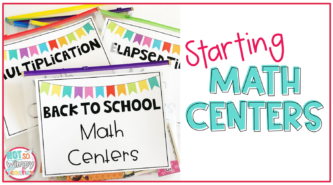













 End of Year Carnival Week for grades 2-5!
End of Year Carnival Week for grades 2-5!
I appreciate how practical your posts are. Thank you for your emails, ideas, and resources! Have a blessed day!
This is so awesome! Please do second grade escape rooms! I promise that I will buy them.
We currently have a couple seasonal escape rooms that are not grade specific. We are always adding new products so keep checking.
Where could I find these?
To preview the Math and Reading Test Prep Escape Room bundle, you can click on the “learn more” button above. That will take you to the resource in my TpT store.
I watched all the Summer Series where you told about the escape room. I can’t find where to download the fourth grade escape room. Could you send it to me?
I am trying to get to the free back to school escape room from the Summer Series trainings. Can you please send it to me? I don’t know if they it’s by grade, but I would need 3rd grade.